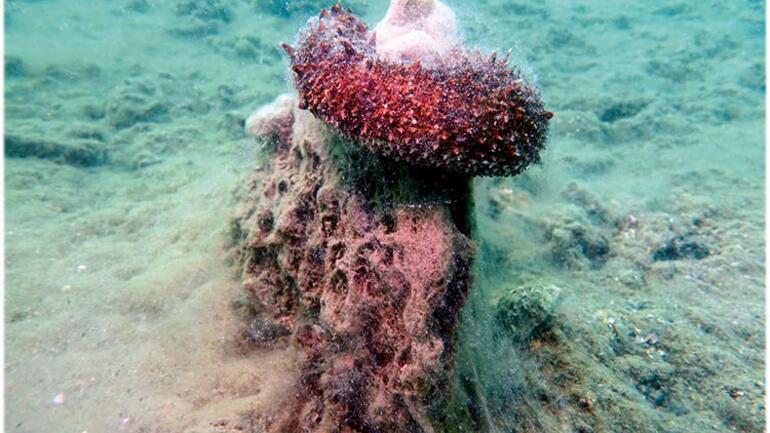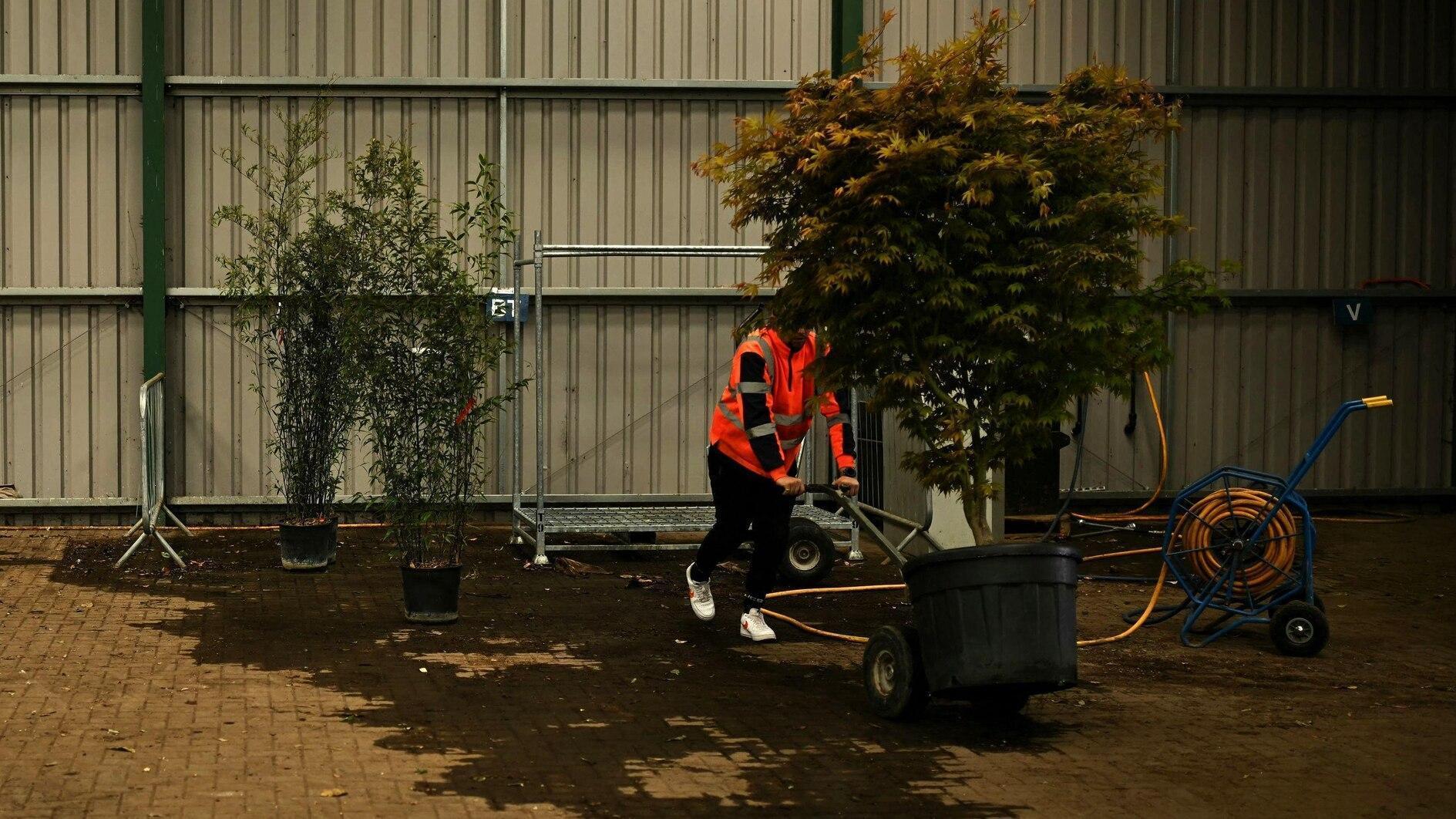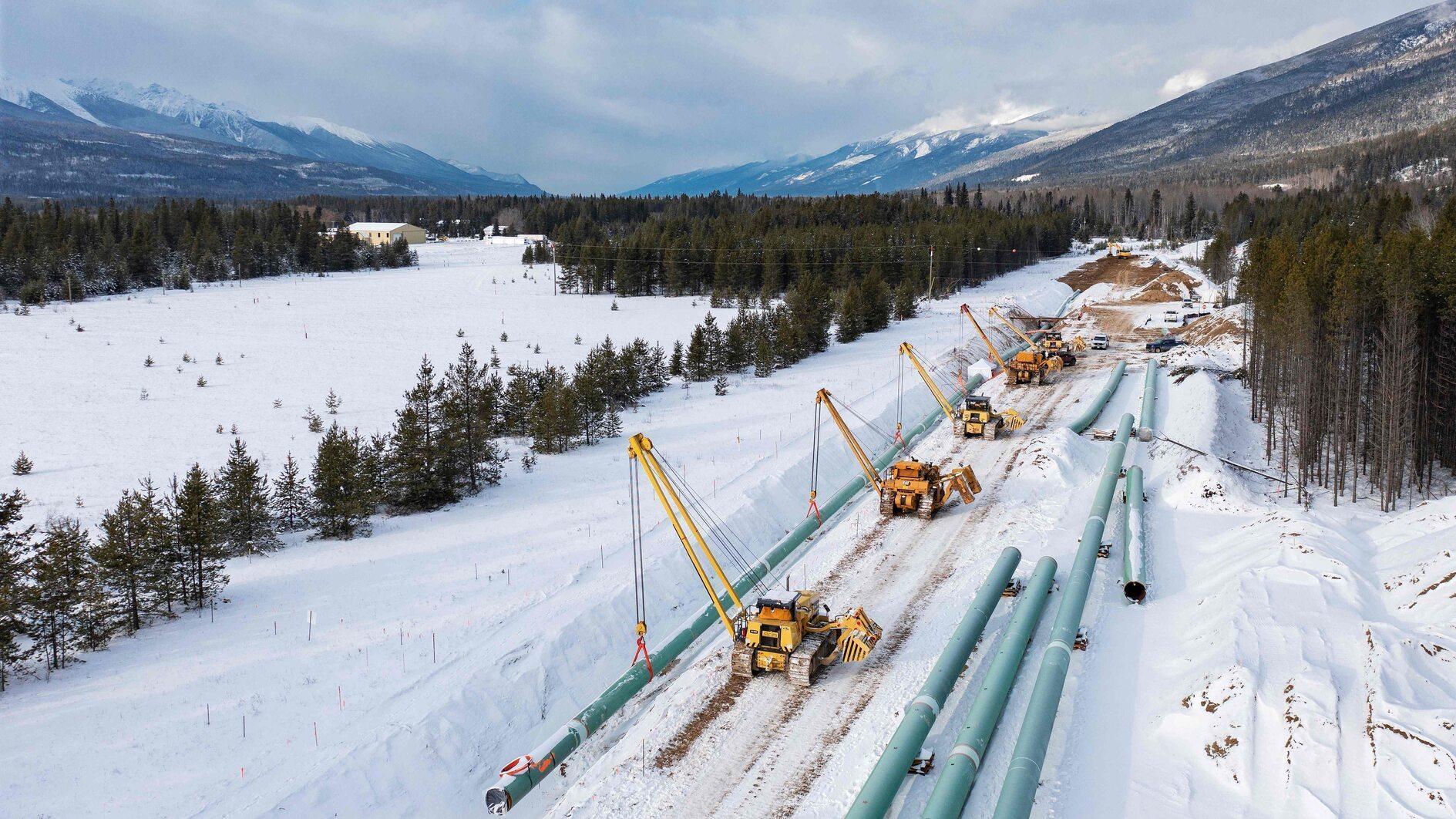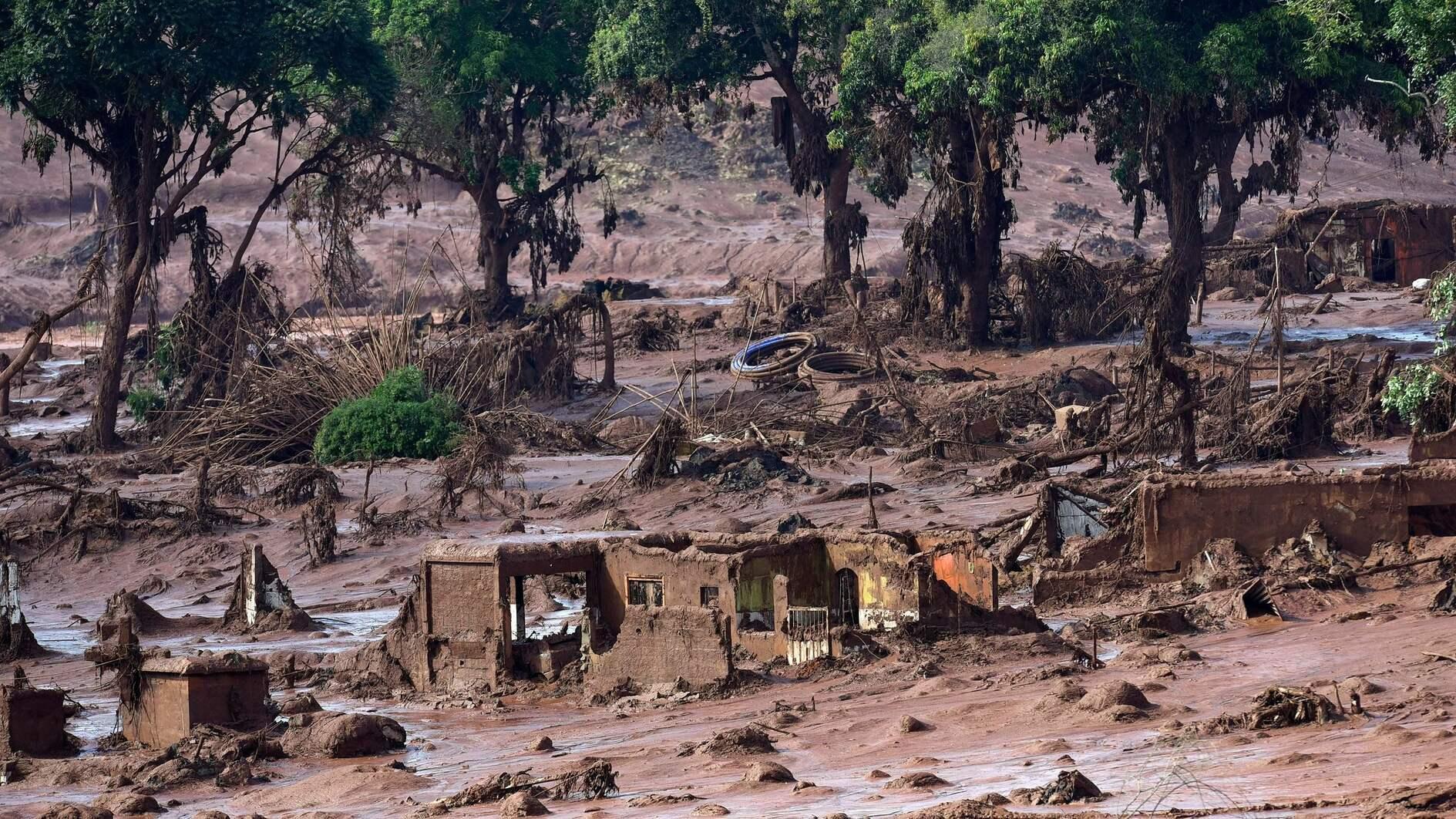Three spots on Marmara’s seabed fully covered with mucilage: Expert
ISTANBUL

While examining the floor of the Marmara Sea, the country’s only inland sea which has become a serious environmental concern due to uncontrolled mucilage production, a scientist has identified three of its spots entirely covered in mucilage.
“The seabeds of the Erdek coast, the Yalova province and the Çanakkale Strait are full of mucilage,” Erol Kesici, a scientific adviser at Turkish Association for the Conservation of Nature (TTKD), said on June 2.
Formed due to the excessive proliferation of microscopic plants called phytoplankton, mucilage, also known as sea snot, is a jelly-like layer of slime that develops on the surface of the water, gravely threatening the marine biome.
Mucilage is caused by the accumulation of nitrogen, phosphorus and carbon in industrial and agricultural wastewater.
“With the help of winds, thick layers of mucilage floating on the water have mostly vanished. But the sea beds are full,” the expert noted.
Warning that the Marmara Sea is converting into a “dead sea,” Kesici urged authorities to take quick action.
“Around 20 percent of the country’s population live nearby the Marmara Sea,” the expert said.
“From the provinces located near the sea, daily 2.1 million cubic meters of wastewater is pumped into the sea,” he added.
According to Kesici, half of that amount comes from Istanbul alone.
The Environment and Urbanization Ministry is organizing a workshop named “The Mucilage Problem of the Marmara Sea and Solution Offers” on June 4, while an action plan formed over the decisions taken in the workshop will be announced to the public on June 6.
















